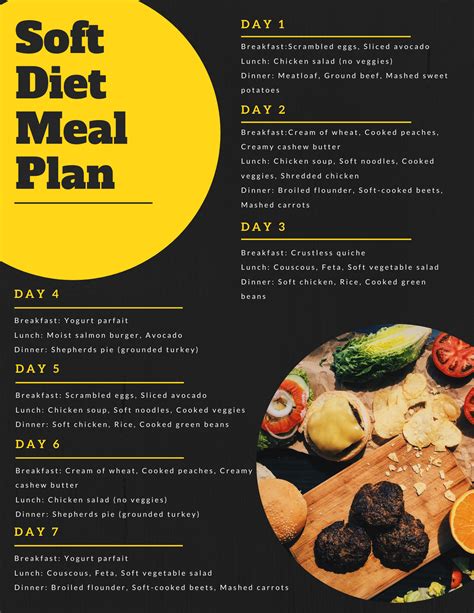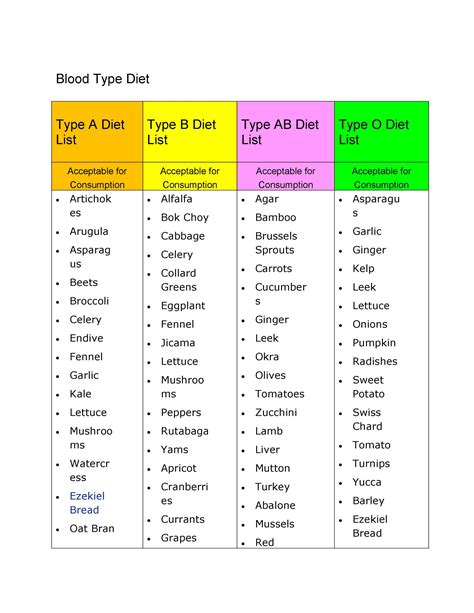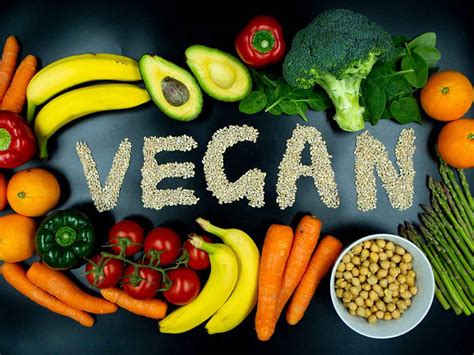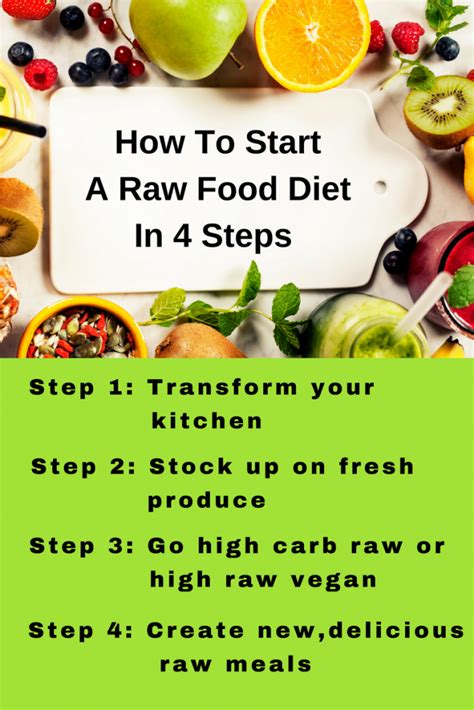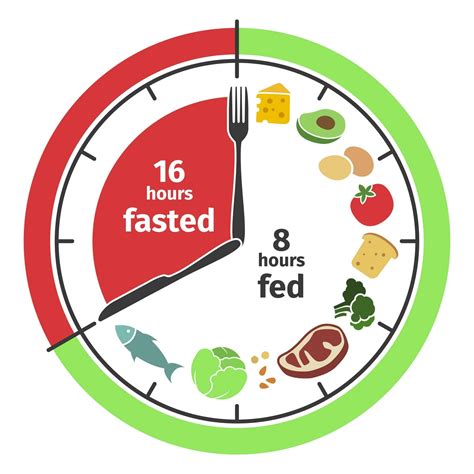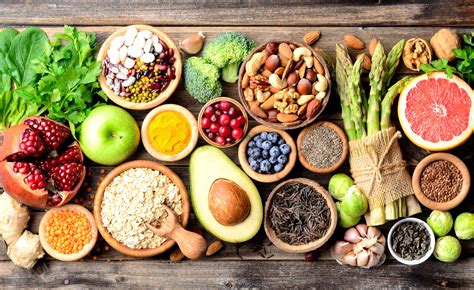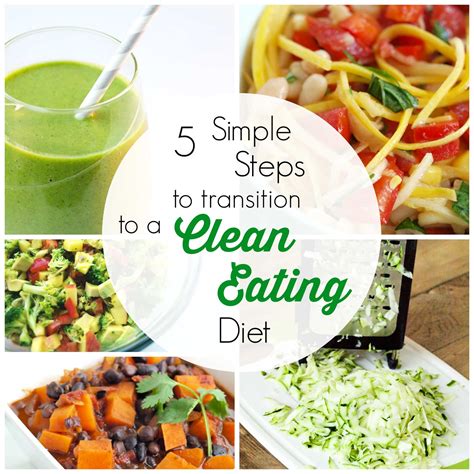Discover the benefits of a soft diet and get tips for transitioning to solid foods. Learn about suitable foods and meal preparation.
Understanding Soft Diet
Contents
When it comes to a soft diet, it’s important to understand the reasoning behind it. A soft diet is often recommended for individuals who have difficulty chewing or swallowing, or for those recovering from certain medical procedures. This type of diet typically consists of foods that are easy to chew and swallow, and may also include pureed or mashed foods.
For individuals with dental issues, jaw pain, or difficulty swallowing, a soft diet can help provide the necessary nutrients without causing discomfort. Additionally, individuals who have undergone certain medical procedures, such as oral surgery or treatment for gastrointestinal issues, may be advised to follow a soft diet to allow for proper healing.
It’s important to note that a soft diet is not the same as a liquid diet, as it includes foods that require chewing. However, the foods included in a soft diet are typically softer in texture, making them easier to consume for individuals with specific health concerns.
Understanding the reasons for following a soft diet can help individuals make informed decisions about their dietary choices and ensure that they are meeting their nutritional needs while maintaining their overall health and well-being.
Choosing Suitable Foods
When following a soft diet, it’s important to choose suitable foods that are easy to chew and swallow. Opt for soft foods that are tender and easy to mash with a fork, such as ripe fruits, cooked vegetables, and tender meats. Avoid tough or fibrous foods that may be difficult to chew, such as raw carrots or celery. When selecting grains and breads, opt for soft varieties like oatmeal, cooked rice, and soft breads without seeds or nuts.
Another important factor to consider when choosing suitable foods for a soft diet is the texture. Foods that are easy to swallow and digest include smooth yogurt, creamy pureed soups, and soft cheeses. Avoid foods that are hard, crunchy, or sticky, as they may be difficult to chew and swallow, such as nuts, granola, or chewy candies. You may also want to avoid spicy or acidic foods that can irritate the throat or mouth.
It’s also important to consider the nutritional content of the foods you choose for a soft diet. Opt for nutrient-dense foods that are high in protein, such as eggs, fish, and tofu. Incorporate soft fruits and vegetables that are rich in vitamins and minerals, such as bananas, avocados, and steamed spinach. Additionally, consider including foods that are high in healthy fats and carbohydrates, such as nut butters, mashed potatoes, and soft whole grain breads.
When planning meals for a soft diet, consider incorporating a variety of suitable foods to ensure a well-rounded and balanced diet. Aim to include a mix of protein, fruits, vegetables, and whole grains to meet your nutritional needs. With careful consideration and planning, you can choose suitable foods for a soft diet that are both delicious and nourishing.
Preparing Soft Diet Meals
When it comes to preparing soft diet meals, it is important to focus on foods that are easy to chew and swallow. This type of diet is commonly recommended for individuals who have difficulty eating solid foods due to dental issues, swallowing problems, or other medical conditions. Soft diet meals are often easy to digest and can help in preventing discomfort during eating. It is important to choose foods that are soft in texture and easy to chew, such as cooked vegetables, tender meats, and soft grains.
One of the key considerations when preparing soft diet meals is to ensure that the food is cooked to an appropriate texture. For example, steaming or boiling vegetables can help soften them, making them easier to chew and digest. Similarly, choosing lean cuts of meat and cooking them until they are tender can make them suitable for a soft diet. It is also important to avoid tough or fibrous foods that can be difficult to chew, such as raw fruits and vegetables, tough cuts of meat, and hard grains.
Another important aspect of preparing soft diet meals is to consider the overall nutritional content of the food. While it is important to focus on soft textures, it is also important to ensure that the meals are well-balanced and provide essential nutrients. Including a variety of foods such as fruits, vegetables, lean proteins, and whole grains can help ensure that the diet is nutritious and satisfying. Additionally, incorporating foods that are high in protein, healthy fats, and fiber can help support overall health and well-being.
It may also be helpful to consider using specialized appliances or techniques to prepare soft diet meals, such as using a blender or food processor to puree or chop foods into a more manageable texture. This can be particularly useful for individuals who have difficulty chewing or swallowing, as it can make a wider variety of foods accessible and enjoyable. Additionally, incorporating flavors and spices to enhance the taste of soft diet meals can make the eating experience more enjoyable and satisfying.
Benefits of Soft Diet
There are several benefits of following a soft diet. One of the main advantages is that it allows for easier digestion, especially for individuals who may have difficulty chewing or swallowing. Soft foods are gentle on the digestive system, making them ideal for people recovering from surgery or dealing with certain medical conditions.
Additionally, a soft diet can help prevent irritation or injury to the mouth, throat, and digestive tract. By avoiding hard, crunchy, or abrasive foods, individuals can reduce the risk of discomfort or damage to sensitive tissues. This makes a soft diet particularly beneficial for those with oral health issues or who are undergoing dental work.
Another advantage of a soft diet is that it can be customized to meet specific dietary needs. Whether someone is following a vegetarian, vegan, gluten-free, or low-sodium diet, there are plenty of soft options available. This makes it easier to maintain a balanced and nutritious diet while still enjoying a variety of foods.
Furthermore, a soft diet can be a convenient way to incorporate more fruits, vegetables, and dairy products into one’s meals. Whether it’s in the form of smoothies, purees, or soft-cooked options, these foods can provide essential vitamins, minerals, and fiber while promoting overall health and well-being.
In summary, the benefits of a soft diet are numerous, ranging from improved digestive comfort to increased dietary flexibility. By choosing suitable foods and preparing soft diet meals, individuals can experience the advantages of this approach firsthand and make a positive impact on their overall health.
Tips for Transitioning to Solid Foods
Transitioning from a soft diet to solid foods can be a challenging process, but there are several tips that can make the transition smoother. It’s important to remember that everyone’s experience will be different, so it’s essential to listen to your body and go at your own pace. Here are some tips for transitioning to solid foods:
First, it’s important to start by introducing easy-to-digest solid foods such as cooked vegetables, fruit without skin, and lean proteins. These foods are gentle on the digestive system and can help your body adjust to the new textures and consistencies.
Another tip for transitioning to solid foods is to take small, slow bites and chew your food thoroughly. This will give your body time to adjust to the new foods and help prevent any digestive discomfort.
It’s also important to stay hydrated and drink plenty of water as you transition to solid foods. This can help with digestion and prevent any constipation that may occur as your body gets used to the new diet.
Finally, be patient with yourself and give your body time to adjust. It’s normal to experience some discomfort or bloating as you transition to solid foods, but with time and patience, your body will adapt to the changes.

